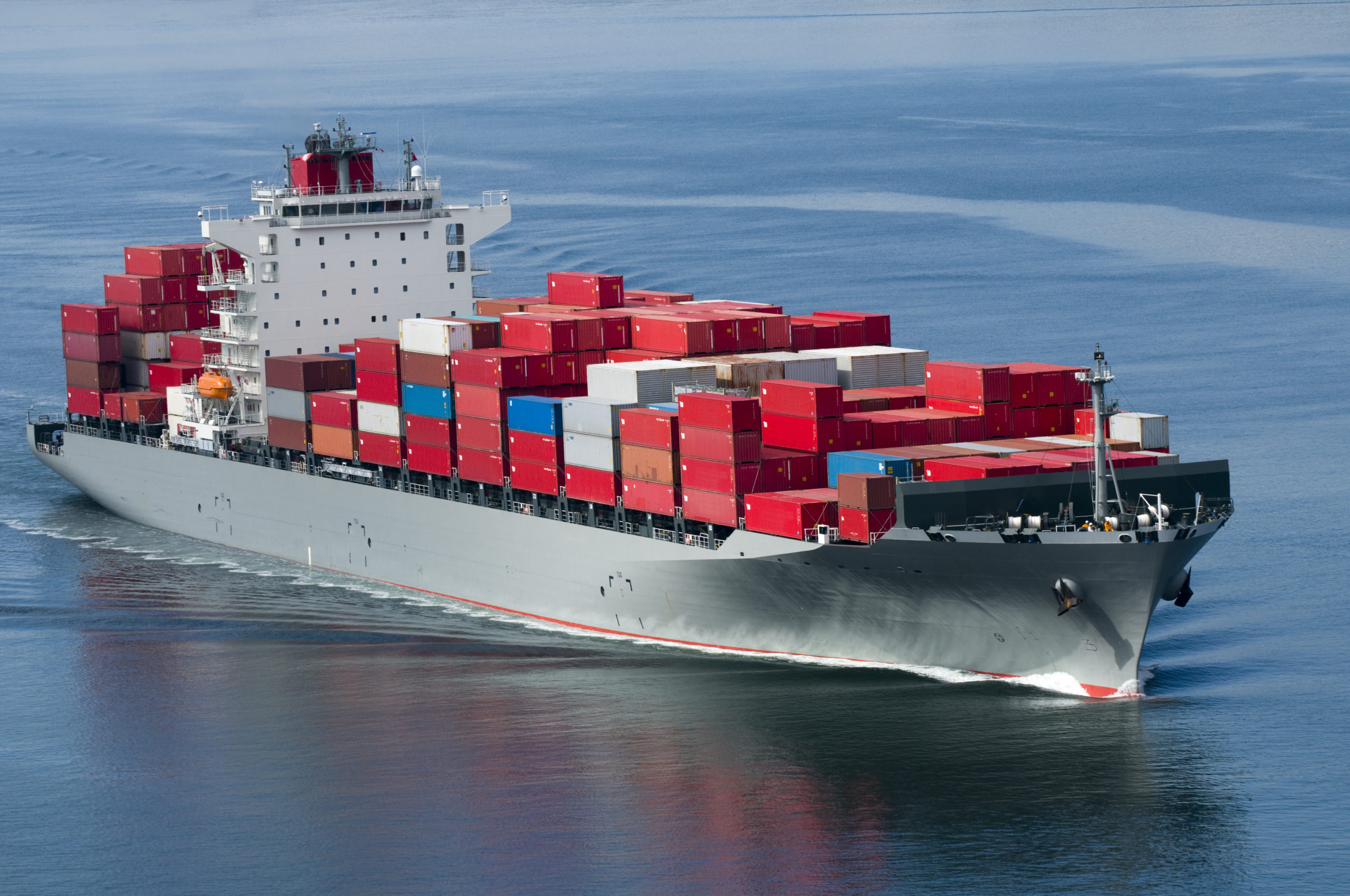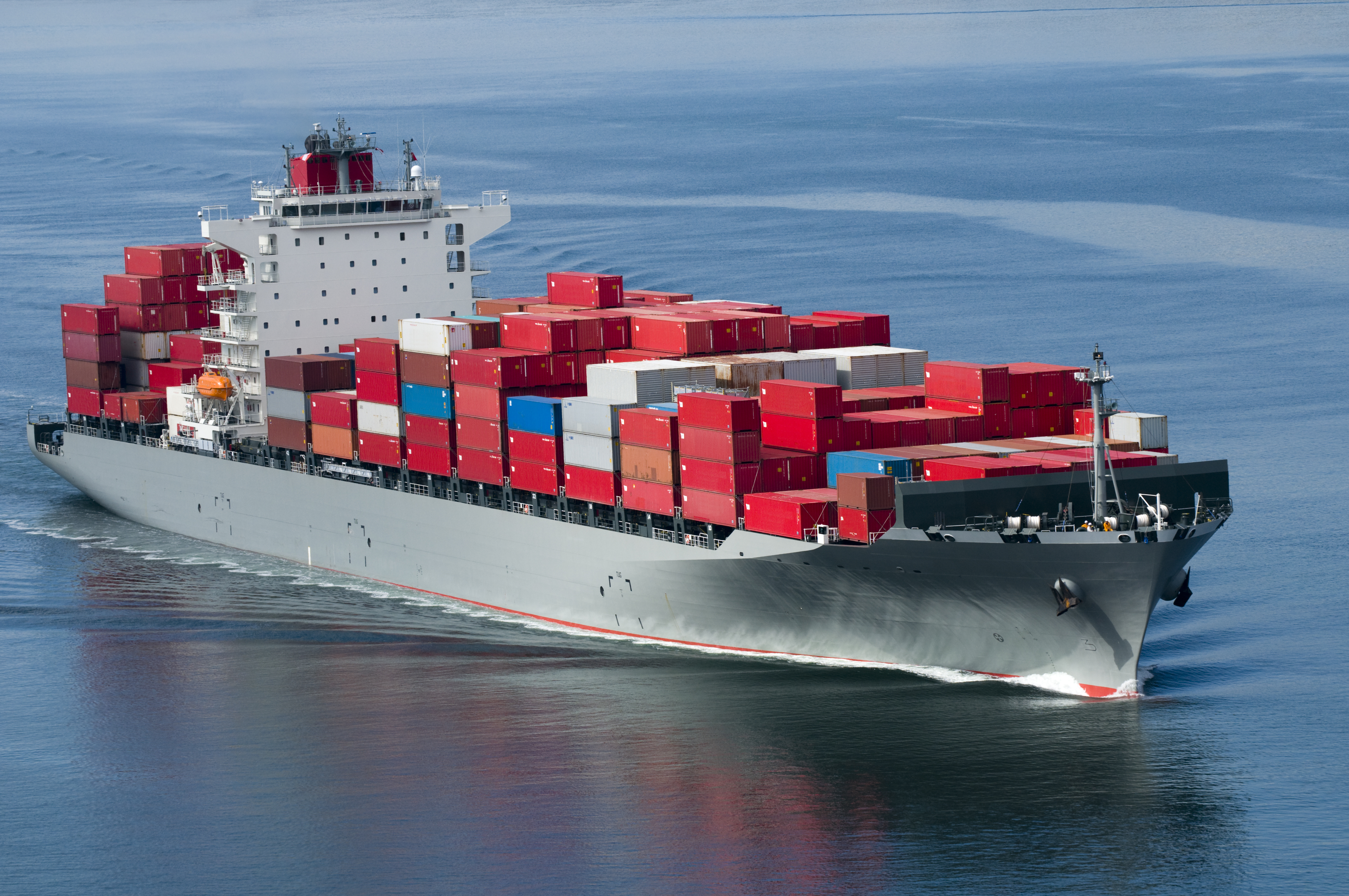
The International Maritime Organizations marine pollution regulations will cut the global fuel sulfur cap for oceangoing vessels to 0.5 percent by weight starting on Jan. 1, 2020 – in just two years. But lube oil formulators should be preparing now for this dramatic change, said Dick Wolpert, marine product line manager with Chevron Oronite, at the ICIS Pan American Base Oils and Lubricants Conference last month.
Marine engine oils face long lead times for product development with extensive engine and field testing, he warned a seminar audience in Jersey City, New Jersey. Lubricant approvals are driven by marine engine manufacturers, and formulations based on existing chemical components typically take two to four years to receive letters of non-objection from OEMs. With new components, this stretches to four to six years.

Photo by GBlakeley/iStock
The International Maritime Organizations marine pollution regulations will cut the global fuel sulfur cap for oceangoing vessels to 0.5 percent by weight starting on Jan. 1, 2020. Marine engine oils face long lead times for product development, with extensive engine and field testing.
Fuel sulfur reductions required by the International Convention for the Prevention of Pollution from Ships (Marpol) will influence additive needs for both marine cylinder oils and trunk piston engine oils, Wolpert reminded listeners. The current sulfur cap for most of the world, which has been in place since 2012, is 3.5 percent by weight.
The 2020 implementation will be disruptive to both the shipping and refining industries, he predicted.
Ship operators have several options for meeting the reduced sulfur cap, he continued. Ships can carry on burning high-sulfur residual fuel oil but be fitted with a scrubber to remove sulfur oxides from the exhaust. Alternative fuels, such as distillates and liquefied natural gas, are also options, as is switching to new, low-sulfur heavy fuel oil. The question is, Wolpert wondered, which one will prevail?
Chevron Oronite sees key uncertainties being the level of enforcement of and compliance with the new regulation; how quickly new scrubber technology is adopted; the availability of vessels capable of burning LNG; and the relative economics of compliant fuel alternatives.
In the two-stroke marine engine segment, the company predicts that 15 to 40 BN cylinder oils will supplant a significant portion of high-BN oils, taking up about 50 percent of the market by 2020, as operators switch from burning heavy residual oil to lower-acid hybrid fuels and distillates. The current norm for marine cylinder oils is 70 BN. BN stands for base number, indicating the oils acid-neutralizing capacity.
Ships burning fuels with 0.1 percent or lower sulfur will need cylinder oils with about 40 BN, and LNG-fueled ships will need oils with about 25 BN, Wolpert said. Very low-sulfur fuels (<0.1 percent sulfur) will have about 15 percent of the market in 2020, and LNG vessels will account for less than 5 percent to start and slightly increase their share through 2025. As much as 30 percent of the market, equipped with scrubbers, will continue to burn heavy fuel oil with more than 0.5 percent sulfur.
For trunk piston engine oils used in four-stroke engines, the additive maker projects that 12 to 30 BN oils, used with compliant low-sulfur fuels, will capture about 45 percent of the market. Classic TPEOs have been 40 to 50 BN, Wolpert pointed out.
TPEOs of 12 to 20 BN – needed for vessels using fuel with less than 0.15 percent sulfur – will continue to hold just under 20 percent market share. Ships burning LNG use 5 to 15 BN oils, and will steadily increase their market share from about 5 percent in 2015 to just under 15 percent in 2025.
If you reduce BN for acid, you will still need deposit control, so there will be some adjustments in oil formulations, Wolpert cautioned.